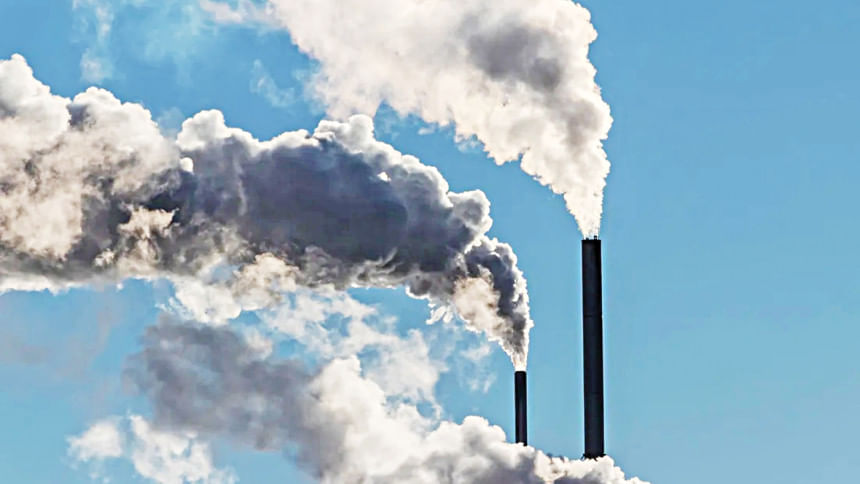Methane threat grows as global action stalls: UN

Almost 90 percent of satellite-detected methane leaks flagged to governments and oil and gas companies are not being acknowledged, the UN said Wednesday ahead of the COP30 climate talks next month.The International Methane Emissions Observatory, which integrates over 17 satellites to observe plumes, got a 12 percent response rate from 3,500 alerts from leaks detected across the oil and gas sector, the report said, marking limited progress from last year's response rate when only 1 percent of ale...
Almost 90 percent of satellite-detected methane leaks flagged to governments and oil and gas companies are not being acknowledged, the UN said Wednesday ahead of the COP30 climate talks next month.
The International Methane Emissions Observatory, which integrates over 17 satellites to observe plumes, got a 12 percent response rate from 3,500 alerts from leaks detected across the oil and gas sector, the report said, marking limited progress from last year's response rate when only 1 percent of alerts resulted in action to prevent them.
Although methane stays in the atmosphere for a shorter time than carbon dioxide, which is the biggest contributor to greenhouse gas emissions, it is much more effective at trapping heat. As a result, scientists consider cutting methane emissions to be the fastest way to tackle climate change in the near term.
More than 150 countries have signed a 2021 pledge to cut methane emissions by 30 percent this decade. "Actions remain too slow," said Inger Andersen, executive director of the UN Environment Programme, which oversees the observatory's Methane Alert and Response System that remotely detects leaks of the colourless gas.
"We are talking about tightening the screws in some cases," Anderson said, referring to methane leaks from the oil and gas sector from venting and flaring. "We can't ignore these rather easy wins."
The report said it has documented 25 instances where a notification led to a large emissions event being fixed. Methane leaks from the oil and gas sector offer the most potential for mitigation, the observatory says. But it also plans to expand its detection work to include emissions from other major sources, head of the observatory said.